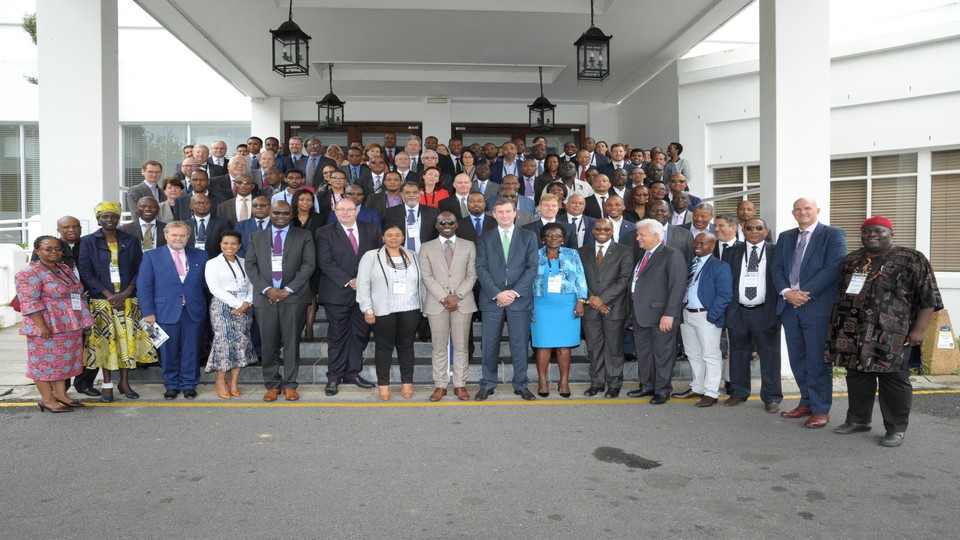This is how smart infrastructure development will boost economies across Latin America and the Caribbean
Latin America is ripe for a massive transformation of its infrastructure. Digital technologies, gains in efficiency and a focus on quality and affordability of consumer services rather than structures will pave the way for a new era on the continent according to a report from the Inter-American Development Bank (IDB).
The meticulously researched report From Structures to Services: The Path to Better Infrastructure in Latin America and the Caribbean published in July 2020, is a guidebook for addressing two major paradigm shifts in global infrastructure development – the focus on services and the urgent need to build sustainable projects.
“Nowhere in the world are these shifts fully realised. For example, users of infrastructure still don’t have a voice. We need to do better,” says IDB’s Tomás Serebrisky, Principal Economic Advisor, Infrastructure & Energy, and a principal editor of the report.
Both paradigm shifts require turning the industry on its head by placing users first. In other words, the quality of services delivered by the infrastructure project takes precedence over the actual built edifice. For example, a new water treatment plant may be state-of-the-art but can it efficiently and sustainably deliver services affordable to everyone?
Serebriky uses an IT analogy: “You can’t have hardware without software. Both need to be equally considered from the outset, and upgraded at the same time.”
Digitalisation
Digitalisation in all its forms is an increasingly disruptive force in infrastructure development. Examples are everywhere, from social media platforms which galvanise and amplify the will of the service users, to the smart meter, whether for water or electricity consumption, which allows usage optimisation by the consumer, service delivery efficiencies for the provider and overall cost reductions for both.
Digitalisation is showing great promise in its power to turn consumers into ‘prosumers’ - roof-top solar panels generating enough power to feed back into the grid, thus allowing users to also be energy providers. Not only do metered solar panels bring down the cost of electricity, they solve the problem of sustainably electrifying rural areas that for too long have been left off the national grid.
Peru is showing this can be done, right now. Its Second Rural Electrification Project, partly funded by the World Bank, installed 11,915 solar home systems and developed online tools to both help the distribution companies optimisze regulated service and train homeowners on best usage practices.
Efficiency
Real-time monitoring in homes converts users into active participants and provides invaluable data to service providers to identify inefficiencies that can then lead to smarter service delivery and more individualised pricing schemes. Of course, the data will be instrumental in the design of new infrastructure.
The data will also shed light on the critical nature of efficient maintenance protocols, an area too often overlooked when planning infrastructure. Colombia, for example, loses 50% of its supplied water due to insufficient maintenance. And though 81% of Mexicans have access to piped water, only 16% will drink it because they don’t trust its safety.
Designing for efficiencies for the life of a project will ensure long-term cost savings for providers and users.
Cost burden disparity
Affordability is also spurring the paradigm shifts. The cost of basic services – electricity, transport, water and sanitation – is a huge burden on the poor across Latin America and the Caribbean. For example, in Mexico City their combined cost is 12.6% of the income for those in the lowest segment, compared to 6% for higher earners. In Santiago, Chile the disparity is even worse. There, the cost of basic services are equal to 12.8% for the poor, while only 3.6% for the wealthy.
Reducing the cost of basic services through more efficient and better quality infrastructure can help bridge the income disparity gap and free up incomes for the poorest to improve their lives.
Raising needed capital
What all this leads to is creating an infrastructure development climate more attractive to investment, particularly from the private sector which the region desperately requires. Global Infrastructure Hub’s Infrastructure Outlook estimates that between now and 2040, the entire Americas region faces a $6.5 trillion investment gap between what is currently in the pipeline and what is needed to keep pace with growth. As noted by the president of IDB, Luis Alberto Moreno: “There are pension funds in our own region that now manage over US$3 trillion. But at present, these funds are investing only 1% of their assets in infrastructure. This has to change.”

 InfraOutlook
InfraOutlook





